Rising Incidence of Trauma Cases
The increasing incidence of trauma cases, including road accidents, falls, and violence, appears to be a primary driver for the Trauma Care Centers Market. According to recent statistics, trauma is a leading cause of morbidity and mortality worldwide, necessitating specialized care. The World Health Organization indicates that road traffic injuries alone account for over 1.3 million deaths annually. This alarming trend underscores the need for more trauma care facilities and resources. As the population grows and urbanization intensifies, the demand for trauma care services is likely to escalate. Consequently, healthcare systems are compelled to enhance their trauma care capabilities, leading to a robust expansion of the Trauma Care Centers Market.
Government Initiatives and Funding
Government initiatives and funding play a pivotal role in shaping the Trauma Care Centers Market. Many governments are recognizing the critical need for enhanced trauma care services and are allocating resources to improve infrastructure and training. For example, various health departments have launched programs aimed at increasing the number of trauma centers and enhancing their capabilities. This includes funding for advanced medical equipment and training for healthcare professionals. Such initiatives not only bolster the quality of trauma care but also ensure that facilities are adequately equipped to handle a surge in trauma cases. As a result, the Trauma Care Centers Market is likely to benefit from increased government support and investment.
Growing Awareness of Trauma Care Importance
The growing awareness of the importance of trauma care is driving the Trauma Care Centers Market. Public health campaigns and educational initiatives are increasingly highlighting the need for immediate and specialized care in trauma situations. This heightened awareness is leading to a greater demand for trauma care services, as individuals and communities recognize the critical role these centers play in saving lives. Additionally, healthcare providers are focusing on improving their trauma care protocols and training staff to respond effectively to emergencies. As awareness continues to rise, the Trauma Care Centers Market is expected to expand, with more facilities being established to meet the needs of the population.
Aging Population and Increased Vulnerability
The aging population is contributing to the growth of the Trauma Care Centers Market, as older adults are more susceptible to injuries and trauma-related conditions. As the demographic landscape shifts, the prevalence of age-related health issues, such as osteoporosis and frailty, increases the likelihood of falls and other accidents. This demographic trend necessitates a robust trauma care infrastructure to address the unique needs of older patients. Healthcare systems are thus compelled to adapt their services to cater to this vulnerable population, leading to an expansion of trauma care facilities and resources. Consequently, the Trauma Care Centers Market is likely to experience significant growth as it responds to the challenges posed by an aging society.
Technological Innovations in Trauma Management
Technological advancements in trauma management are significantly influencing the Trauma Care Centers Market. Innovations such as telemedicine, advanced imaging techniques, and robotic-assisted surgeries are transforming how trauma care is delivered. For instance, the integration of telemedicine allows for rapid assessment and consultation, which is crucial in emergency situations. Furthermore, the adoption of artificial intelligence in diagnostic imaging enhances the accuracy of trauma assessments. These technologies not only improve patient outcomes but also streamline operations within trauma centers. As healthcare providers increasingly invest in these innovations, the Trauma Care Centers Market is poised for substantial growth, reflecting a shift towards more efficient and effective trauma care solutions.


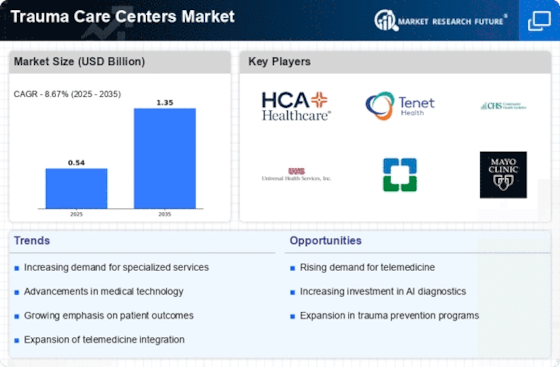

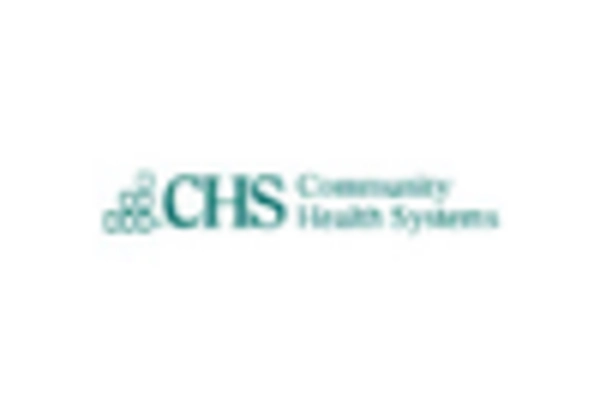
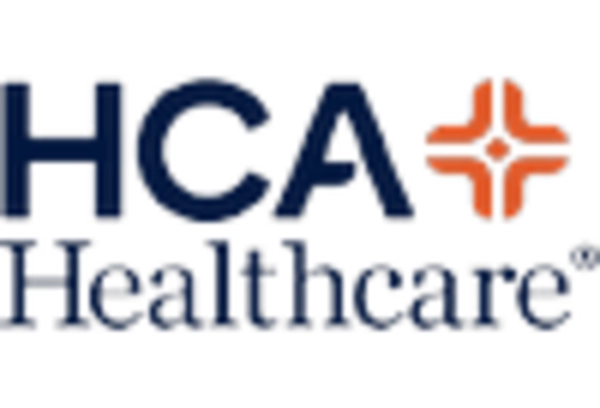
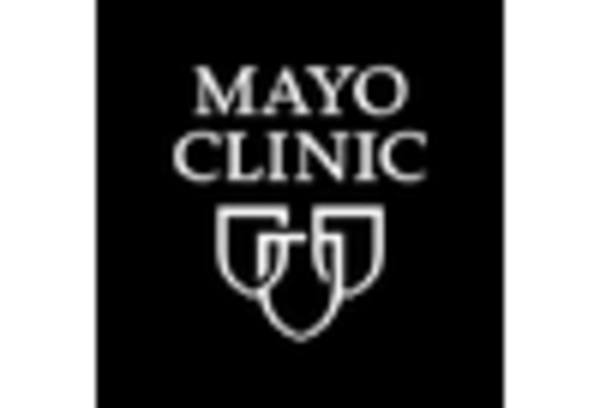
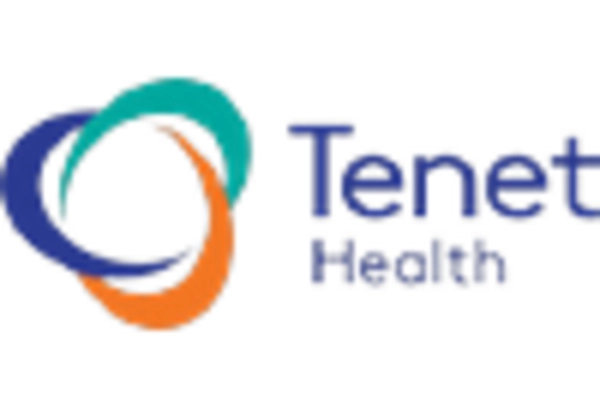
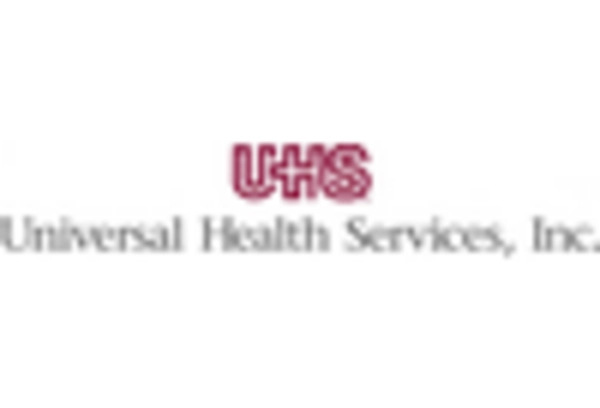








Leave a Comment